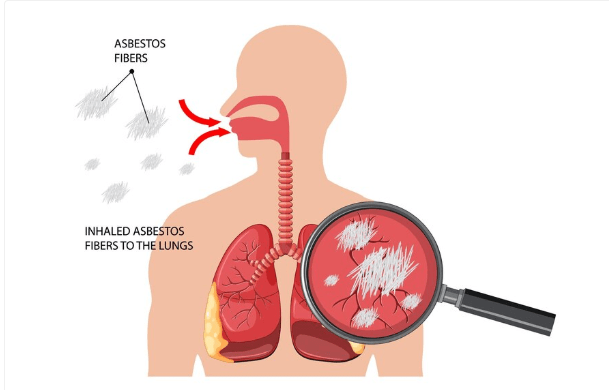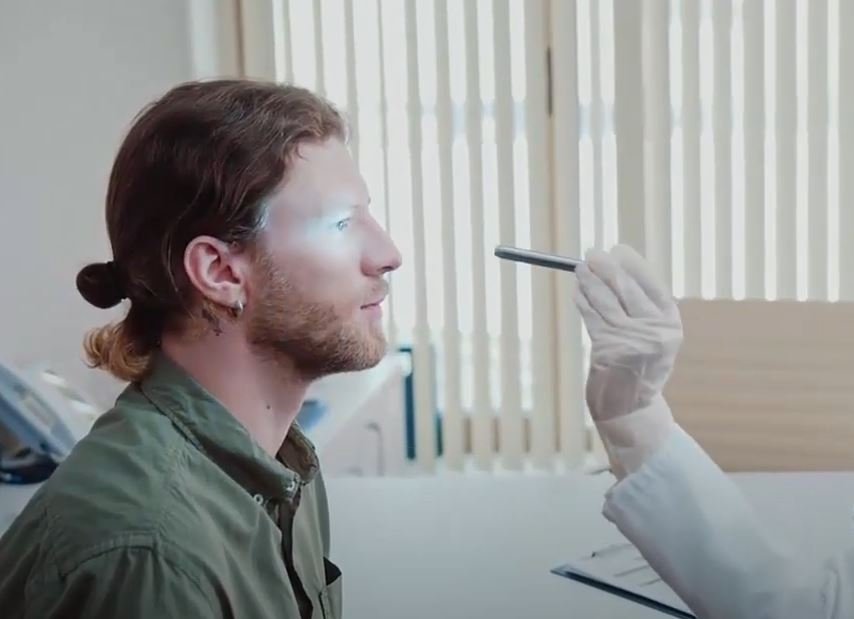A rare but dangerous bacterial infection that affects the small intestine and interferes with the body’s ability to absorb nutrients is called Whipple disease. It can spread to several organs and cause serious complications, such as cardiovascular and neurological problems, if treatment is not received. The good news? Complete recovery is achievable with the correct diagnosis and care.
The fact that Tropheryma whipplei, the bacterium that causes Whipple disease, is so common in the environment, especially in soil and water sources, is one of the most perplexing features of the condition. Only a tiny percentage of those exposed to it go on to get the illness, though. This implies that a person’s immune system and genetic makeup are important factors in determining their susceptibility.
Essential Facts About Whipple Disease
| Category | Details |
|---|---|
| Cause | Tropheryma whipplei bacteria |
| Primary Affected Organ | Small intestine |
| Symptoms | Joint pain, chronic diarrhea, weight loss, abdominal pain, neurological complications |
| Risk Factors | Soil exposure, weakened immune system, genetic predisposition |
| Prevalence | Extremely rare (9 cases per 1 million people in the U.S.) |
| Complications | Malabsorption, anemia, heart failure, neurological damage |
| Treatment | Long-term antibiotic therapy, nutritional supplementation |
| Prognosis | Good if treated early; potentially fatal if untreated |
| Source | Cleveland , Wikipedia |
The Mysteries of Whipple Disease: Its Origins
Whipple disease is still one of the rarest bacterial infections, despite the fact that the Tropheryma whipplei bacterium is frequently found in dirt. According to scientists, the disease only truly strikes people who are genetically predisposed and have compromised immune systems.
Usually beginning with chronic joint pain, particularly in the knees, hips, and shoulders, symptoms develop gradually. Before digestive problems appear, this early stage may last for several years, frequently leading to a misdiagnosis as arthritis or another autoimmune disease.
Recognizing the Symptoms: What to Watch For
Whipple disease manifests in three primary stages, beginning with joint-related discomfort before progressing to digestive and neurological complications.
1. Early Symptoms (Joint and Inflammatory Phase)
✔ Chronic joint pain (without redness or swelling)
✔ Recurring unexplained fever
✔ Skin discoloration, often darkened patches
✔ Persistent fatigue and muscle weakness
2. Gastrointestinal Symptoms (Malabsorption Phase)
✔ Severe, chronic diarrhea
✔ Abdominal cramps and bloating
✔ Rapid, unexplained weight loss
✔ Malnutrition symptoms, including hair thinning and brittle nails
3. Advanced Symptoms (Neurological and Cardiac Phase)
✔ Memory loss, confusion, and cognitive decline
✔ Difficulty walking or maintaining balance
✔ Eye movement abnormalities and vision problems
✔ Heart murmurs and cardiovascular dysfunction
If neurological symptoms arise, Whipple disease can become life-threatening. Early intervention is crucial to preventing irreversible damage.
Diagnosis: Why Whipple Disease Is Often Misdiagnosed
Because Whipple disease is so rare, doctors often mistake it for conditions like celiac disease, Crohn’s disease, or rheumatoid arthritis. Proper diagnosis requires a detailed assessment and multiple laboratory tests:
✔ Blood Tests – Checking for anemia and vitamin deficiencies
✔ Endoscopic Biopsy – Detecting bacterial presence in intestinal tissue
✔ PCR Testing – Identifying T. whipplei DNA for conclusive diagnosis
✔ Small Bowel Imaging – Evaluating intestinal inflammation
Early and accurate diagnosis is critical, as delayed treatment can cause permanent organ damage.
Can Whipple Disease Be Cured? The Answer Is Yes
Whipple disease is treatable, but recovery requires a year or more of antibiotic therapy. This is necessary because the T. whipplei bacterium hides deep within tissues, making it difficult to eliminate completely.
1. Long-Term Antibiotic Therapy
- First 2-4 weeks: IV antibiotics (Ceftriaxone or Penicillin G)
- Next 12 months: Oral antibiotics (Trimethoprim-sulfamethoxazole)
2. Nutritional Support
- Vitamin and mineral supplements to combat malnutrition
- Electrolyte replenishment to prevent dehydration
- High-protein diet to restore energy levels
3. Preventing Relapse and Monitoring Recovery
- Regular PCR testing to confirm bacterial eradication
- Neurological evaluations to track brain and nerve function
- Avoidance of immunosuppressive medications that could allow recurrence
When diagnosed early, the majority of patients recover fully. However, if left untreated, Whipple disease can lead to fatal complications.
Who Is Most at Risk?
While Whipple disease is not contagious, some individuals have a higher risk due to environmental and genetic factors:
✔ Men over 50 (most cases occur in middle-aged and older men)
✔ Farmers, ranchers, and soil workers (exposure to T. whipplei)
✔ Individuals with weakened immune systems
✔ Those with genetic markers linked to immune dysfunction
Routine screening is not necessary, but those at higher risk should be vigilant about early symptoms.
The Danger of Delayed Treatment: Life-Threatening Complications
Without timely medical intervention, Whipple disease can escalate rapidly, leading to:
✔ Severe malnutrition and extreme weight loss
✔ Cognitive impairment and dementia-like symptoms
✔ Heart failure due to bacterial infiltration
✔ Chronic infections affecting multiple organs
If the nervous system is compromised, the chances of full recovery decline significantly. This underscores the importance of rapid treatment.
New Research: Could Whipple Disease Be Diagnosed Faster?
Though rare, Whipple disease is an area of ongoing medical research, with scientists working to improve diagnostic tools and treatment strategies. Some of the latest advancements include:
✔ Genetic profiling to identify high-risk individuals
✔ Next-generation PCR testing for faster detection
✔ Alternative antibiotic regimens to shorten recovery time
These innovations could revolutionize how Whipple disease is diagnosed and treated in the future.
Awareness Can Save Lives
Although Whipple disease is extremely rare, its effects can be devastating if undiagnosed and untreated. However, with modern medicine, early detection, and long-term antibiotics, most patients achieve a full recovery.
For those experiencing persistent digestive issues, unexplained weight loss, or neurological symptoms, seeking immediate medical evaluation is crucial.
Key Takeaway
Whipple disease may be rare, but early diagnosis is the key to survival. If you or someone you know has persistent gastrointestinal and neurological symptoms, don’t wait—seek medical attention now.







